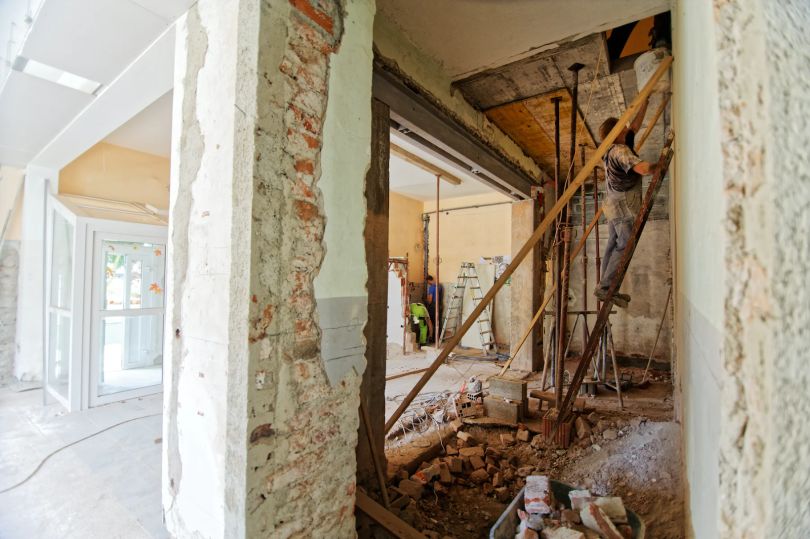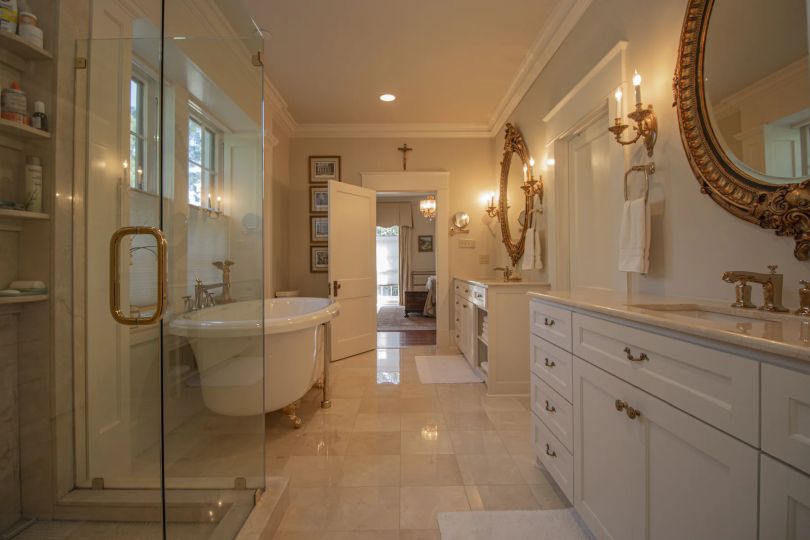7 Things You Must Not Forget When Renovating Your House
If you are thinking of renovating your home, there are several important steps that you will not want to overlook. You should start with the design and plan stage so that when you kick off the work, you have a clear idea of what you are doing. Then, you can move on to adding an HVAC system, changing the windows, re-plastering the walls, re-flooring the house, adding wallpaper and paint, and finally tidying up your outside space. Once you have worked through these stages of renovating, you will be left with a house that looks brand new.

1. Design and Planning
Step one of renovating your home is to come up with a design and plan the renovation from start to finish. This includes any structural changes, such as moving walls and extensions, as well as any design and decor ideas. You should have a clear vision of the finished product before you begin the work, so your contractors have a good idea of what they are aiming for and you have considered all of the factors.
2. Install an HVAC System
Once you have started making structural changes, peeling back the walls, floor, and ceiling, and demolishing any features you want to remove, you will have a great clean slate to start adding new features. While your walls and ceilings are open, you can have a professional HVAC installation company put in these essential systems.
Heating, ventilation, and air conditioning (HVAC) can add value to a home and make it a much more livable space, particularly in the height of summer and winter.
3. Plan the Windows
If you want to make any changes to the windows, this is the time. Maybe you want to add more natural light with some new windows, or you just want to add double glazing and better seals to the windows. Whatever it is, you should install your ideal windows before you start working on the interior design of the home.
4. Re-Plaster the Walls
Now that you have the home’s structure, HVAC, and windows in place, you can re-plaster the walls. This will start to make the house feel like a home again. It is at this point that you will start to envision the finished results and get excited to move back in!
Re-plastering is a messy business, so protect anything in the home that should be covered before work begins. Moreover, consider the kind of plaster you use. Older buildings might have been plastered with lime plaster, and using a more modern plaster now could lead to damp issues.
5. Re-Floor the House
Next, you can add flooring to your refurbished home. If you are going for flooring tiles, you should contact a reputable supplier to have tiles made the perfect size and style for your new home. You might also want to look at wood, vinyl, or stone floors, depending on the room and its purpose. Wood floors are great for warm and comfortable rooms, while stone and tile can be perfect in entrance hallways, bathrooms, and kitchens.
6. Wallpaper and Paint
This is the time to get really creative. The color and patterns on your walls will define the color scheme and mood of the room, so make sure to think this stage over carefully. Remember that warm colors can make a room feel bright and cheery, while cold colors can be good for relaxing rooms. It is okay to go for big bold patterns on the walls, but then you will need to find furniture that does not clash with your wallpaper.
7. Outside Space
Finally, do not forget about your outdoor space. Once your home is looking brand new, you will want your outside space to reflect this new look. So, consider landscaping, creating a more livable garden, and adding simple accessories to make it a more pleasing space. You can install hanging baskets, create garden paths, carve steps into hills, and even start to grow some berries or flowers outside of your windows. Little touches like these can make a world of a difference.

Now that you have worked through all of these stages and considered what you want your refurbished house to look like, you should be ready to start planning and designing your renovation. Remember to consider all structural changes at an early stage so you can allow for this work before you start installing new features, like HVAC systems and windows. Then, you can re-plaster and re-floor the home so you have a completed and modernized shell to work with. Finally, add finishing touches like coats of paint, wallpaper, and any outdoor accessories. Congratulations! You have refurbished your house and it looks great!
